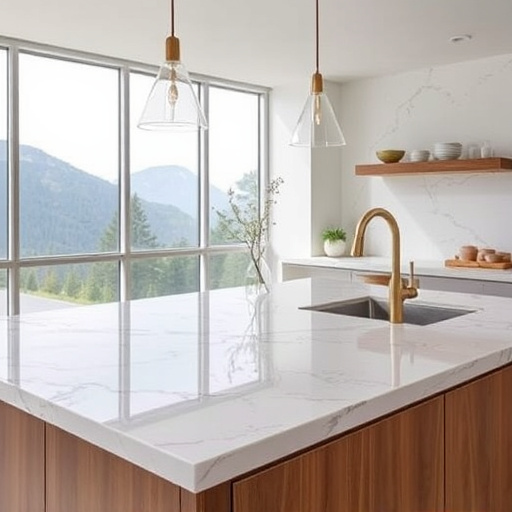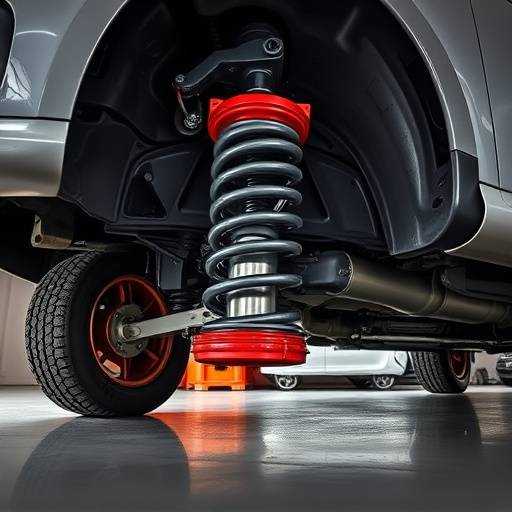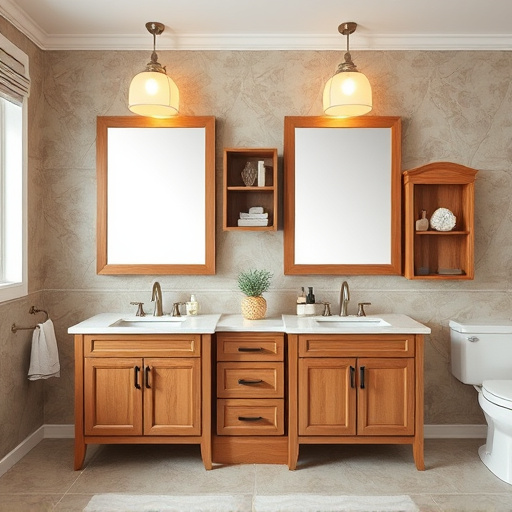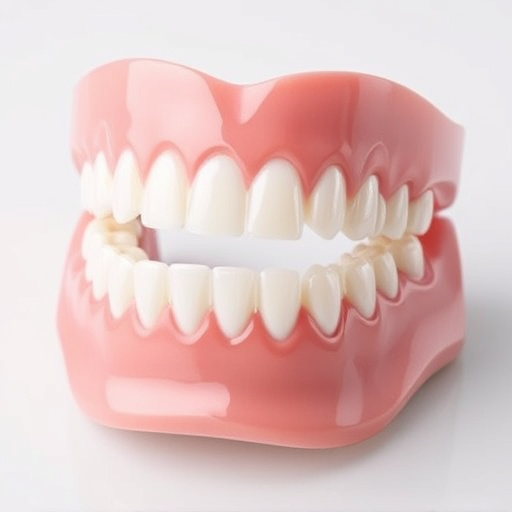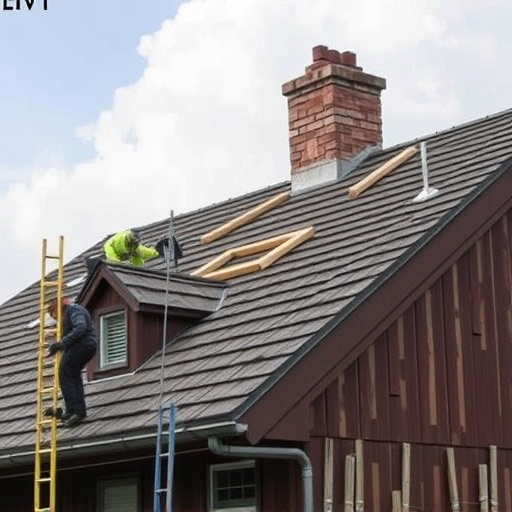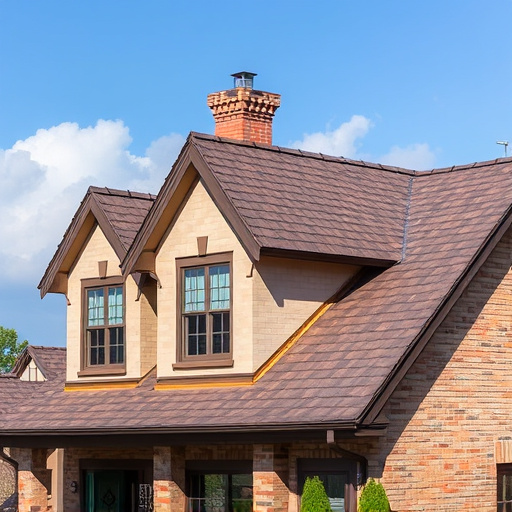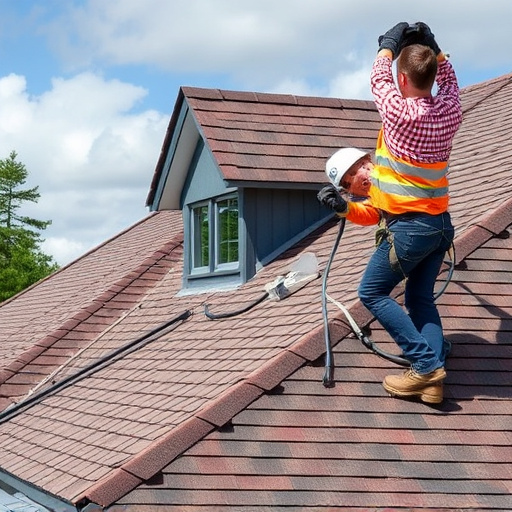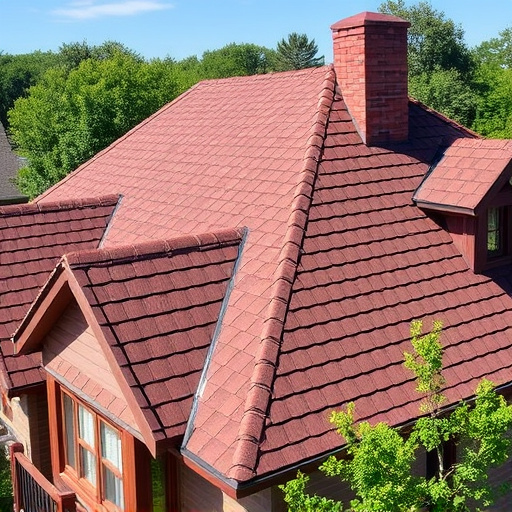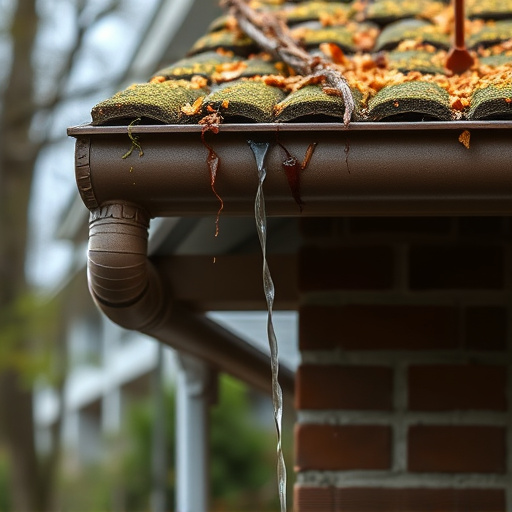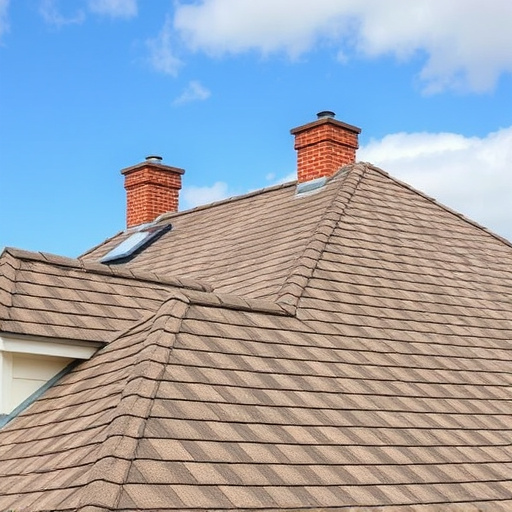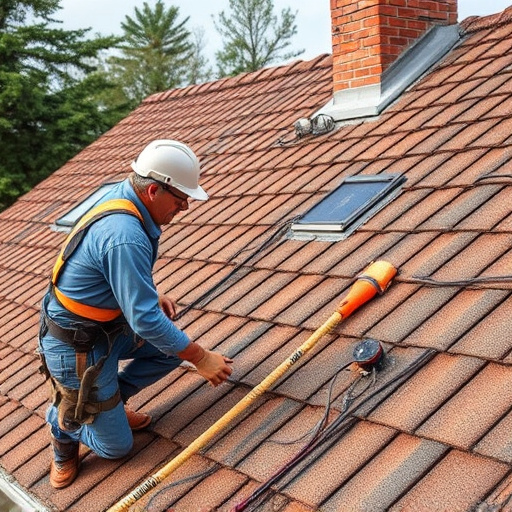A siding upgrade is a strategic solution for improving noise insulation in buildings, addressing a complex issue that impacts comfort and privacy. By selecting materials like foam-backed panels or acoustic vinyl, proper installation techniques, and sealing measures, significant reductions in ambient sound are achieved. This enhancement benefits both residential and commercial properties by muffling outdoor noises, increasing indoor comfort, reducing energy costs, preventing roof leaks, and extending the lifespan of siding—ultimately creating quieter, more livable spaces.
A quiet home is a peaceful sanctuary. However, noisy neighbors or busy streets can disrupt this tranquility. One effective solution often overlooked is upgrading your home’s siding. This article explores how a simple siding upgrade can significantly improve noise insulation indoors. We’ll delve into the science of noise transmission, highlight the benefits of better insulating siding, and provide guidance on choosing materials and installation techniques for optimal sound reduction.
- Understanding Noise Transmission: How Siding Interplays
- Benefits of Upgrading to Better Insulating Siding
- Choosing the Right Materials and Installation Techniques for Optimal Sound Reduction
Understanding Noise Transmission: How Siding Interplays
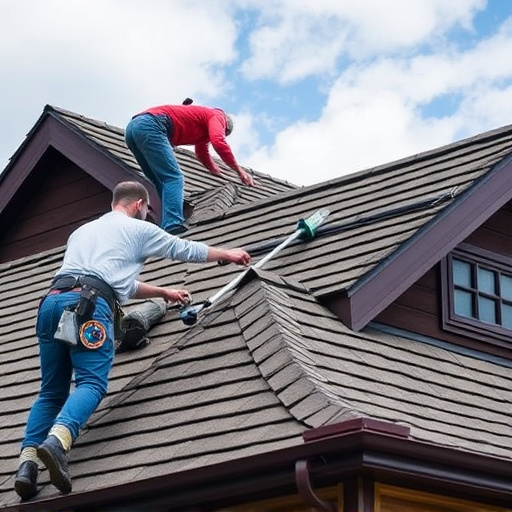
Noise transmission is a complex phenomenon that can significantly impact indoor comfort and privacy. Understanding how sound moves through different materials is key to mitigating it. In construction, siding plays a crucial role in noise insulation. While often overlooked, the material chosen for exterior cladding can greatly affect the amount of ambient noise that enters a building.
Siding acts as a barrier against external sounds, especially when combined with proper installation techniques and other sealing measures. A quality siding upgrade involves selecting materials designed to minimize sound transfer, such as those with higher density or specialized acoustic properties. Additionally, ensuring the integrity of siding and gutters during installation is vital. Professional siding installation methods, including secure fitting and sealing around windows and doors, further enhance noise insulation by preventing sound leaks at these common entry points.
Benefits of Upgrading to Better Insulating Siding
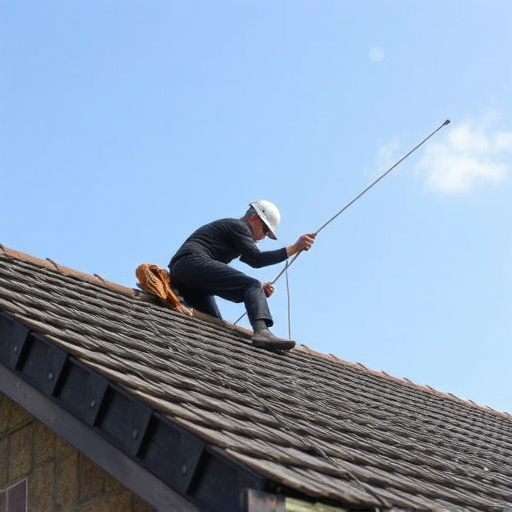
Upgrading to better insulating siding offers a multitude of benefits for both residential and commercial properties. One of the most significant advantages is improved noise insulation indoors, which can dramatically enhance the comfort and livability of spaces. Traditional siding often allows sound waves to penetrate, leading to a cacophony of outdoor noises that can disrupt peace and concentration. Better-insulating siding, however, acts as a barrier, muffling sounds and creating a quieter indoor environment. This is particularly beneficial in urban areas or for businesses situated near bustling roads, where minimizing external noise pollution is crucial.
Additionally, investing in a siding upgrade contributes to energy efficiency and long-term cost savings. Efficient insulation reduces heat transfer, keeping interiors cooler during summers and warmer in winters. This not only enhances comfort but also lowers energy bills by decreasing reliance on HVAC systems. For commercial roofing and siding, regular maintenance and timely repairs are essential. Properly installed, high-quality insulating siding can withstand the elements, prevent roof leaks, and prolong the lifespan of both the siding and the underlying structure, ultimately saving businesses from costly repairs or replacements in the long run.
Choosing the Right Materials and Installation Techniques for Optimal Sound Reduction
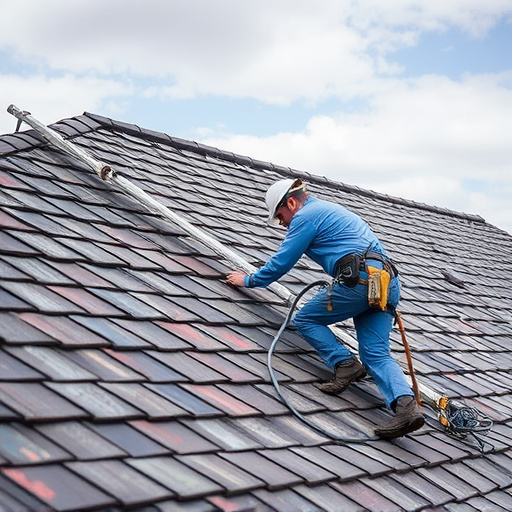
When it comes to enhancing noise insulation indoors, a siding upgrade is a strategic move that should not be overlooked. The key lies in selecting materials designed to absorb or block sound effectively. Insulating siding options such as foam-backed panels or specialized acoustic vinyl can significantly reduce noise transmission from external sources like traffic, neighboring buildings, or roofing and siding installations. These materials are engineered to trap sound waves, minimizing their impact on indoor spaces.
Proper installation techniques are equally vital for optimal sound reduction. Professional installers should employ methods that ensure a tight seal around windows, doors, and other openings. This might involve using specialized sealing compounds or adjustable fasteners to accommodate different panel types. Additionally, considering the placement and alignment of siding panels can help create a solid barrier against noise. Combining high-quality materials with expert installation practices ensures that a siding upgrade not only enhances aesthetics but also transforms your indoor environment into a quieter, more peaceful sanctuary, particularly in commercial roofing and siding scenarios.
A siding upgrade is a strategic investment that not only enhances the curb appeal of your home but also significantly improves noise insulation indoors. By understanding how siding plays a crucial role in noise transmission and choosing the right materials and installation techniques, you can create a quieter, more peaceful living environment. The benefits extend beyond comfort—better sound reduction contributes to improved mental health and overall quality of life, making your home a serene sanctuary amidst the hustle and bustle outside.
